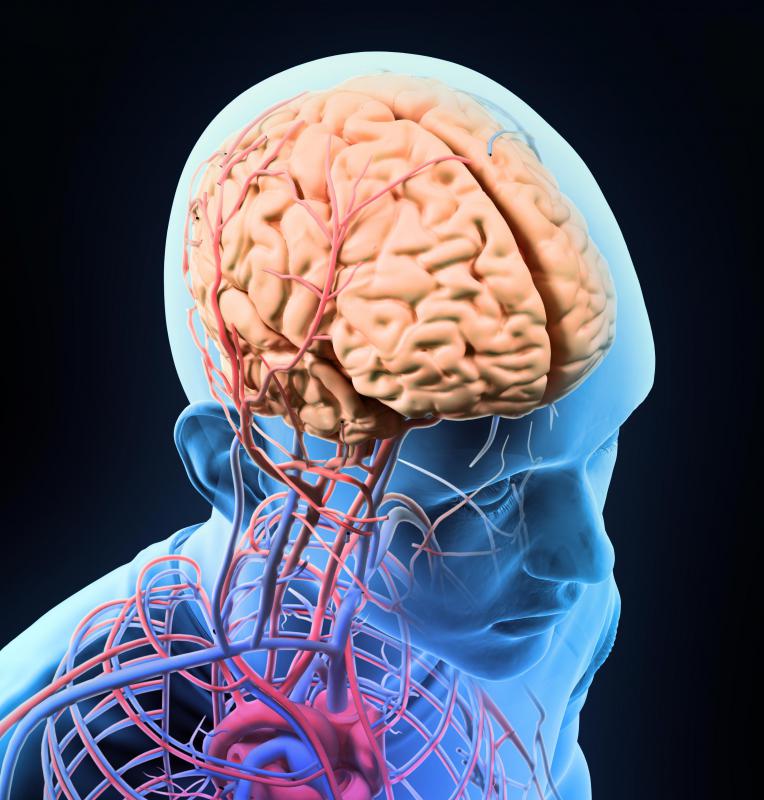At WiseGEEK, we're committed to delivering accurate, trustworthy information. Our expert-authored content is rigorously fact-checked and sourced from credible authorities. Discover how we uphold the highest standards in providing you with reliable knowledge.
What is Brain Stimulation?
Brain stimulation is a technique which involves introducing electric currents to the brain to interrupt brain function. Researchers can use it to study the workings of the brain and to explore specific neurological and psychological conditions, and this technique is also used in the treatment of some medical conditions. While psychosurgery, as surgery on the brain with the goal of inducing functional changes is known, has some negative associations thanks to brutal procedures carried out in the 20th century, brain stimulation has some promising applications. Neurologists have also taken a number of steps to assure patients that such procedures are very different from the procedures used in psychiatric care in the 1950s and 1960s.
In deep brain stimulation, electrodes are implanted inside the brain and positioned to deliver electric current to specific targeted areas. Rather than causing structural changes in the brain, the electrodes are meant to interrupt electrical signals, thereby addressing a condition such as a tremor. Because deep brain stimulation does not cause permanent changes the procedure is entirely reversible. Transcranial magnetic stimulation, a less invasive technique, involves the use of magnetic fields around the skull to generate small electrical charges.

Several movement disorders such as tremors and Parkinson's disease appear to benefit from brain stimulation, as the procedure can be used to stop the electrical signals which cause shakes and tremors. While this technique cannot cure the disease or arrest the progress of associated neurological issues such as memory loss and confusion, it can ease physical symptoms. Chronic pain and depression can also be treated with brain stimulation, with the procedure generally being recommended when other treatment options fails.

Both deep brain and transcranial magnetic stimulation carry some significant risks. In the case of deep brain stimulation, the patient needs to undergo neurosurgery, which can be very risky, and the electrodes may not be implanted correctly, which can lead to a variety of side effects. Transcranial magnetic stimulation has been linked with seizures and convulsions in some patients, and evidence seems to suggest that this procedure also causes structural changes in the brain, which could have dangerous implications for some patients.

While the basics of brain stimulation have been in use since the 1980s, the procedure is constantly being refined and studied. In some regions, it is regarded as experimental, and it may only be available to patients who are willing to participate in research studies and clinical trials. In other regions, the procedure may be more generally available to patients from facilities with skilled neurosurgeons, although it can be very expensive, and not all insurance companies will agree to cover neurosurgery which they view as experimental.
AS FEATURED ON:
AS FEATURED ON:
















Discuss this Article
Post your comments